Events
Saga-ken 鳥栖市
Ogushi Confectionery has been running a Japanese sweets shop in Kanzaki City, Saga Prefecture for over 100 years and has created a new Kanzaki specialty, “Hishibouro”. This Hishibouro was originally developed in collaboration with Nishikyushu University to use the remaining shells from water caltrops (Wabishi), which is an ingredient in “Hishi Shochu” also made in Kanzaki.
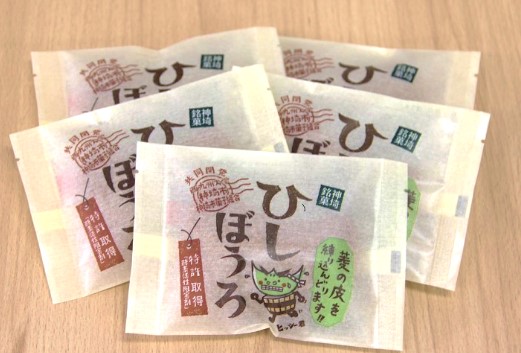
“Hishibouro,” a product developed by Nishikyushu University, the Kanzaki City Confectionery Association, and Kanzaki City’s Industry-University-Government Collaboration.
Water caltrops (Trapa japonica) are an aquatic plant that grows naturally in ponds and swamps, that bears a fruit that is edible. The fruit of the water caltrop is wrapped in a hard shell and has white, edible flesh.
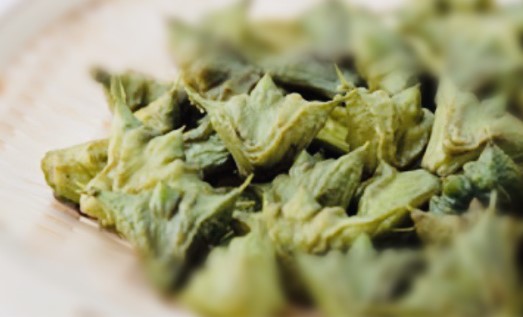
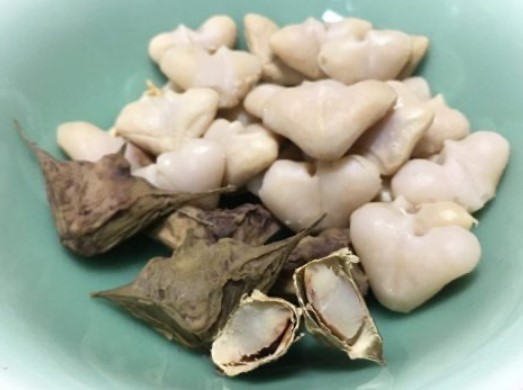
The shell of the water caltrop is famous for containing plenty of polyphenols. It has many benefits such as suppressing rapid increases in blood sugar levels, suppressing the absorption of triglycerides, and preventing rapid rises in blood pressure. Hishibouro, made by kneading this powdered shell into the sweet’s skin, can be safely eaten by anyone from small children to the elderly.
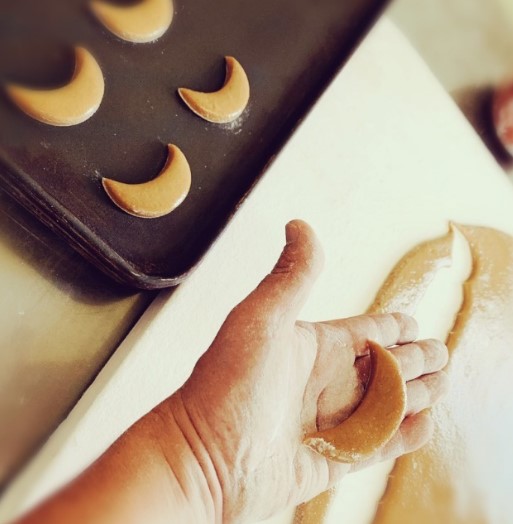
Each one is hand-cut from molds at Ogushi Confectionery, and the gentle sweetness is a nostalgic taste that brings relief whenever you eat. It is perfect with green tea and coffee, but when you taste it with roasted Hojicha the mellowness of Hishibouro is even more pronounced.
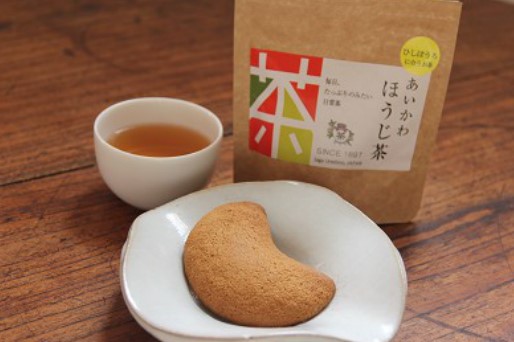
The combination of Japanese sweets and roasted Hojicha makes the best souvenir

“Hishi de Rusk,” with a cute simple Ogushi Confectionery logo, was released in May 2019. Originally, it was made from the surplus dough left over from making hishibouro, but now it is as popular as hishibouro, and it seems that there’s never enough dough to keep up with demand.
The rusks, which are hand-painted one by one with butter, are different from ordinary rusks in that they have a gentle sweetness and a light crispy texture unique to Hishibouro, with a soft aftertaste. There are 4 flavors of rusks (plain, cinnamon, rock salt butter, peanut butter) that can only be found at Ogushi Confectionery, which evoke the nostalgia of Japanese sweets even though they are Western treat. In particular, rock salt butter has many fans among men, and it pairs exceptionally well with alcohol.
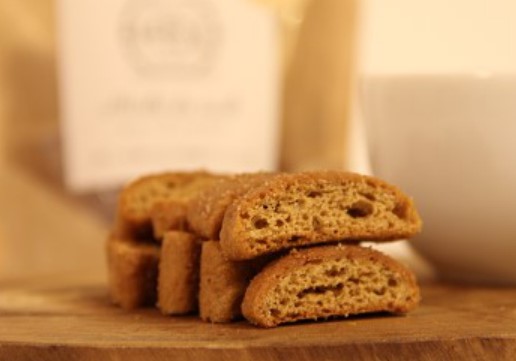
Once you eat one, you will want to eat more! Watch out for delicious Hishi de Rusk!
Dry Japanese sweets with low water content are called dried sweets (Higashi). There are various types such as Wasanbon, Rakugan, and Kizato, but recently, the most popular at Ogushi Confectionery is the beautiful, crispy and easy-to-eat Kizato raw sugar candies.
At Ogushi Confectionery, we create beautiful raw sugar candies by adding modern sensibilities to traditional methods, such as layering multiple layers of color before shaping. The sweets depict seasonal scenery such as wisteria, water, watermelon, and lotus plants unique to the four different seasons in Japan. You can feel the tradition of Japanese sweets in the delicate hand-crafting of colors and shapes.

It is a standard gift and offering because it lasts a long time, but nowadays more and more people are buying it as a snack for teatime at home because of its deliciousness and glossy appearance (This product is not always in the store. If you would like to purchase, please contact us).
Ogushi Confectionery has been making Japanese sweets since 1918. The owner, who left the corporate world to become a Japanese sweets craftsman with a desire to give back to the locals, is now the third generation owner.
Alongside running the store, the owners actively cooperate with the industry-university-government collaboration by going to elementary schools to educate on Japanese sweets and going to high schools to offer a Japanese sweets making experience. Additionally, Ogushi Confectinery is also engaged in a wide range of activities aiming to spread the word about Japanese sweets, such as showing off Marubouro overseas.
Ogushi Confectionery will continue to showcase sweets from Saga Prefecture that will introduce younger generations to the joys of Japanese sweets while adhering to the old-fashioned manufacturing methods.
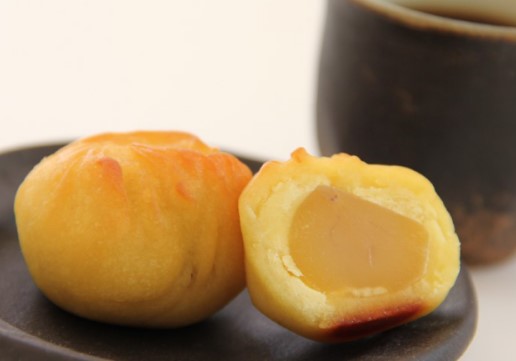
The seasonal confectionery “Saga Maron” (Japanese sweet) containing a whole sweetened chestnut, loved by children.
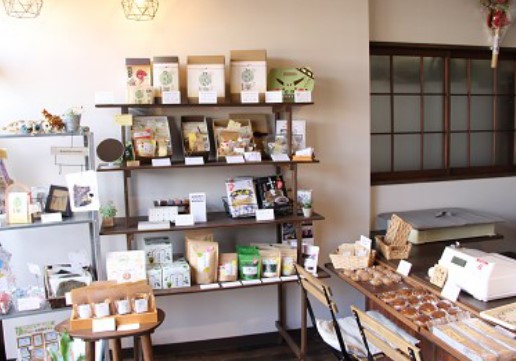
|
|
この記事が気に入ったら
いいね!しよう
|
|
|
